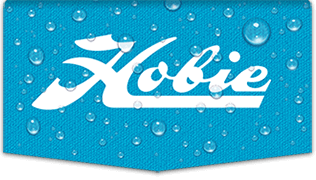MBounds wrote:
...Remember that gel coat does not adhere well to epoxy.
Try not to mix different types of resins - the boats and boards were made with polyester resins. Major repairs should be done with polyester or vinylester resins. Epoxy should only be used for its superior strength and adhesion properties...
You're lucky this isn't SA MB.

OK Matt's right about the resins and not mixing. It's a good rule of thumb. For this repair I do use Epoxy, because most of the time you need the extra grip to glue 2 hammered pieces of foam (core) back together. You can get away with Vinylester, but it's nice just to pump out some epoxy for this one. And you end up with a little bead of glue at the seam. Sand and wash well before gel coating to remove amine blush.
I always spread the two halves open with a couple of screw drivers, dig out some of the rotten foam clean with acetone, fill the void with thickened epoxy, pull the screwdrivers and clamp.
All of those resins will probably work fine for this, for the utter NOOB that was going to go out and buy all the supplies I would probably use vinylester.
I just don't want them to come back split, so I stay away from polyester when bonding. I hate doing things twice.
I do the Hobie 20 rudders the same way. I use a 4" cutoff blade on my grinder and grind out the broken seam, then fill em with epoxy and spray em. They're stronger than when they were new.
Hmmm new video...








